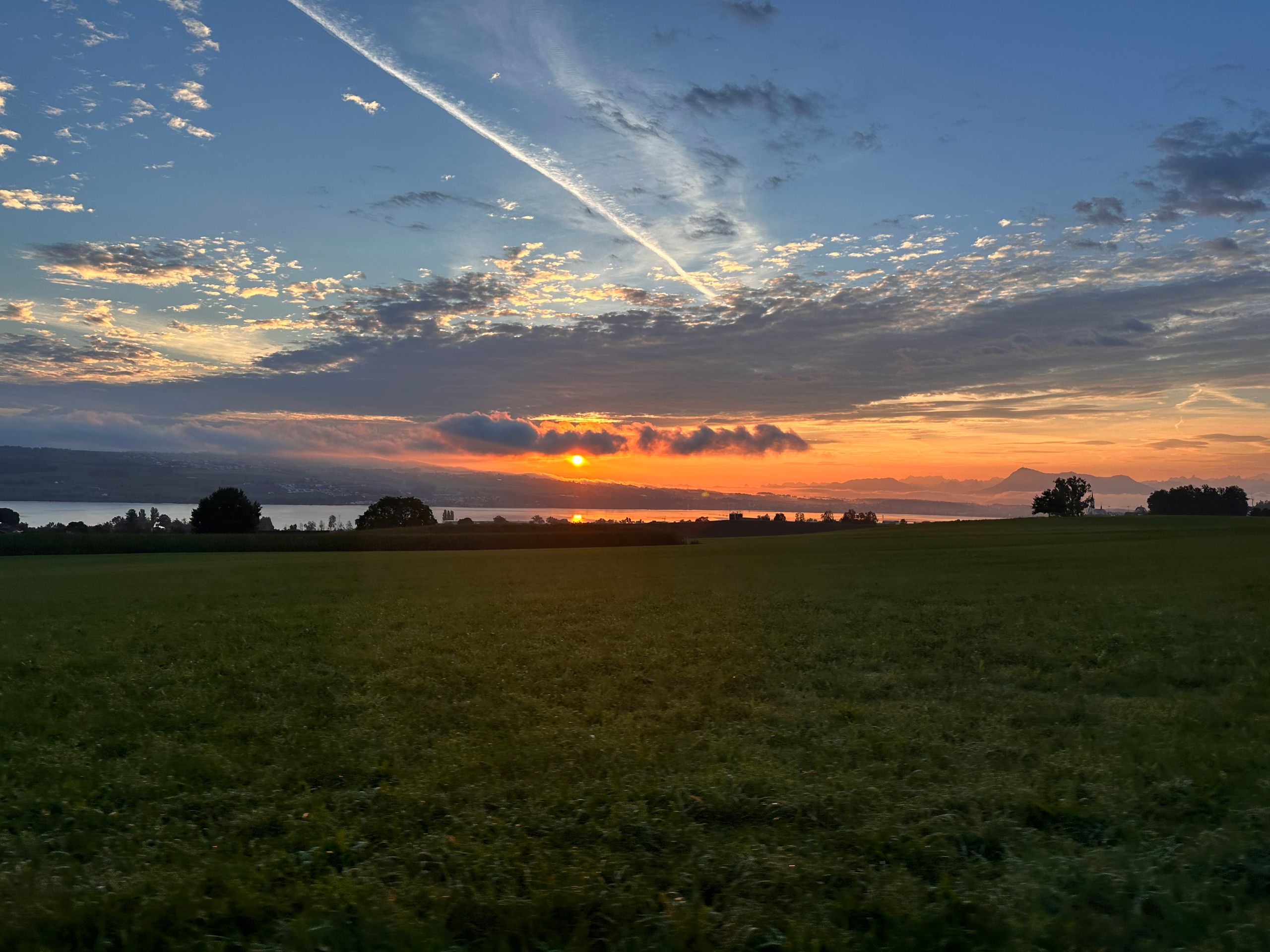Lloret de Mar and Tossa de Mar
Chop etilgan: 24.10.2024
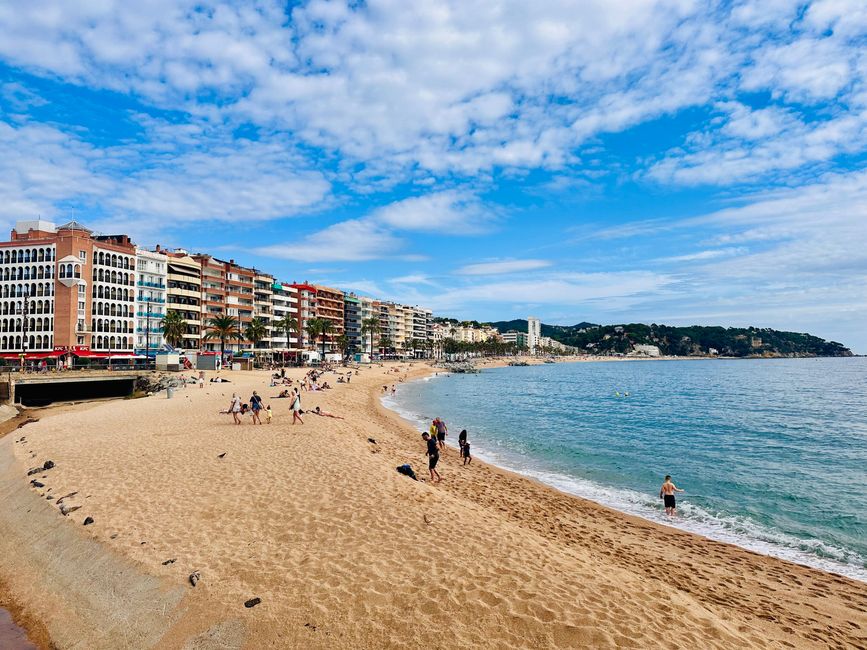
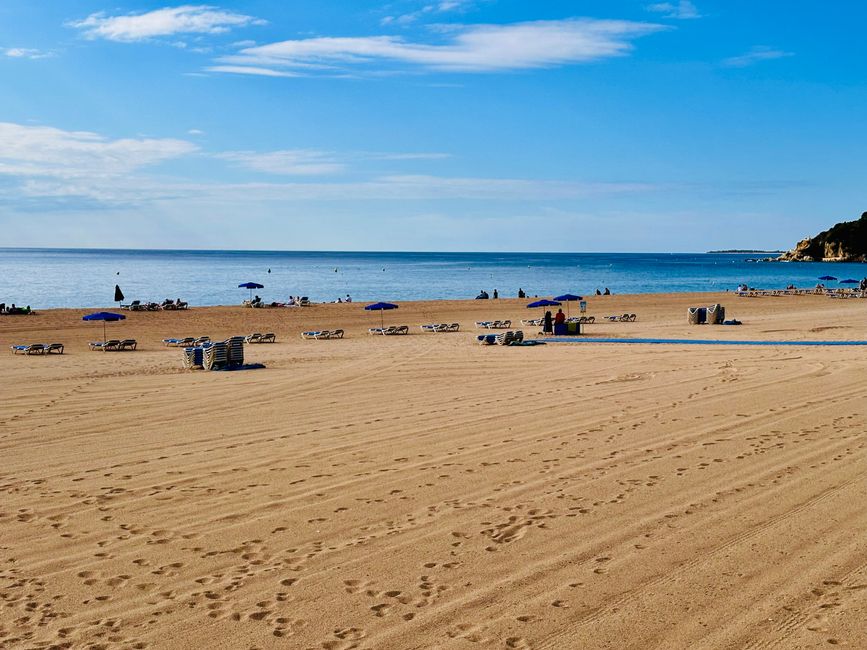
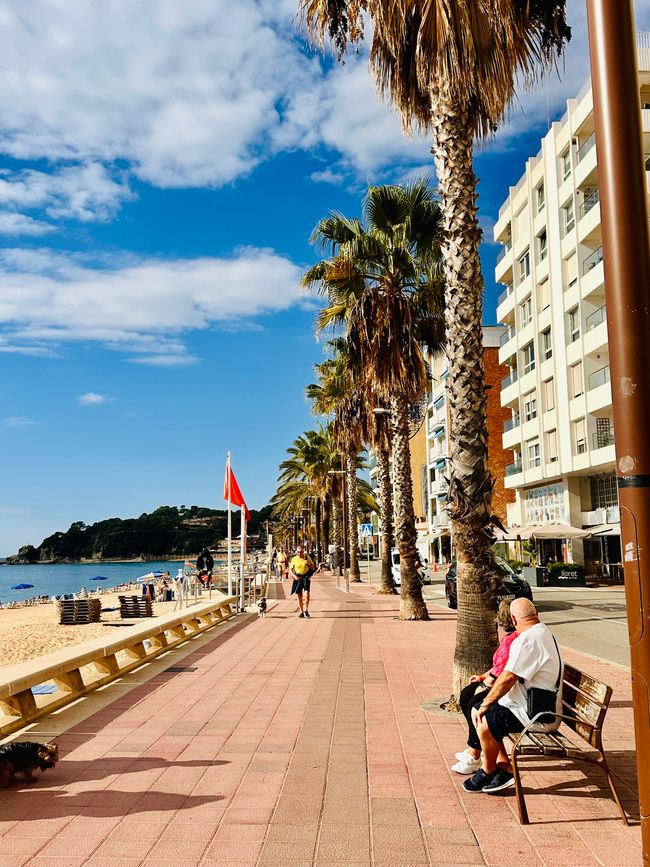
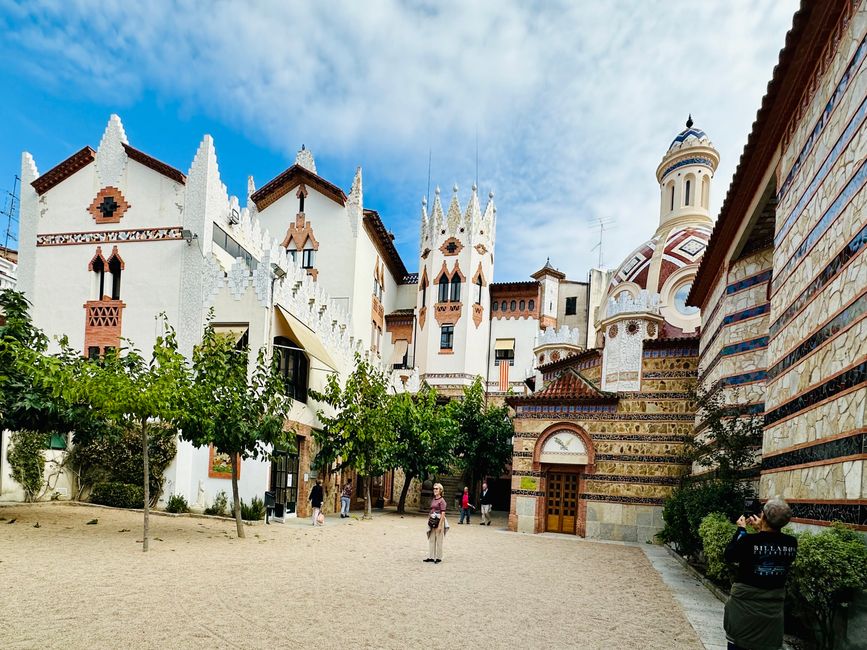
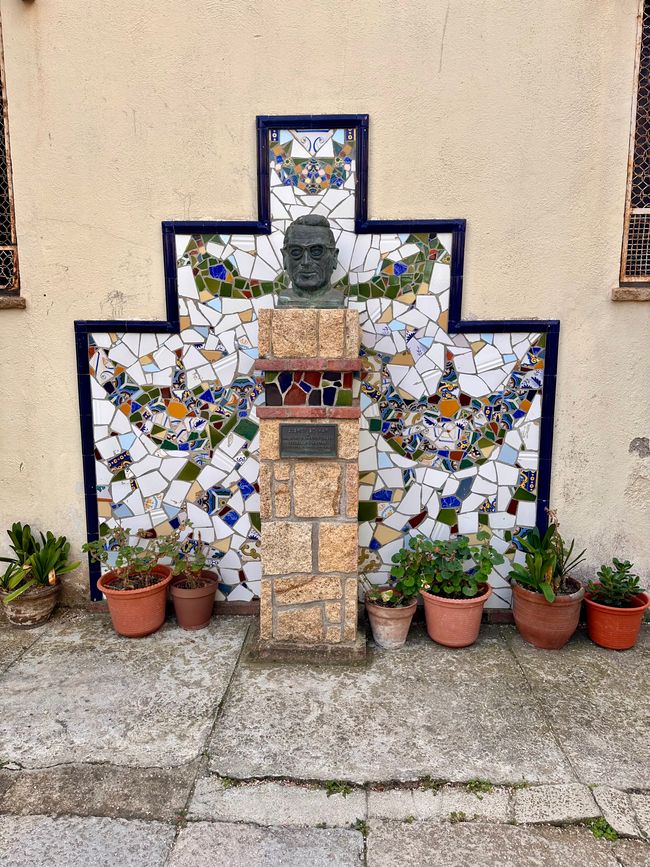
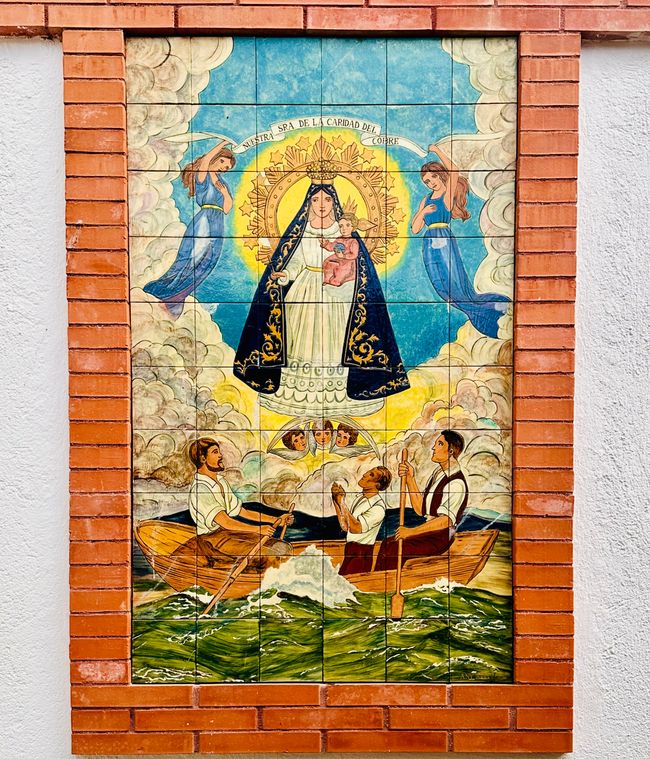

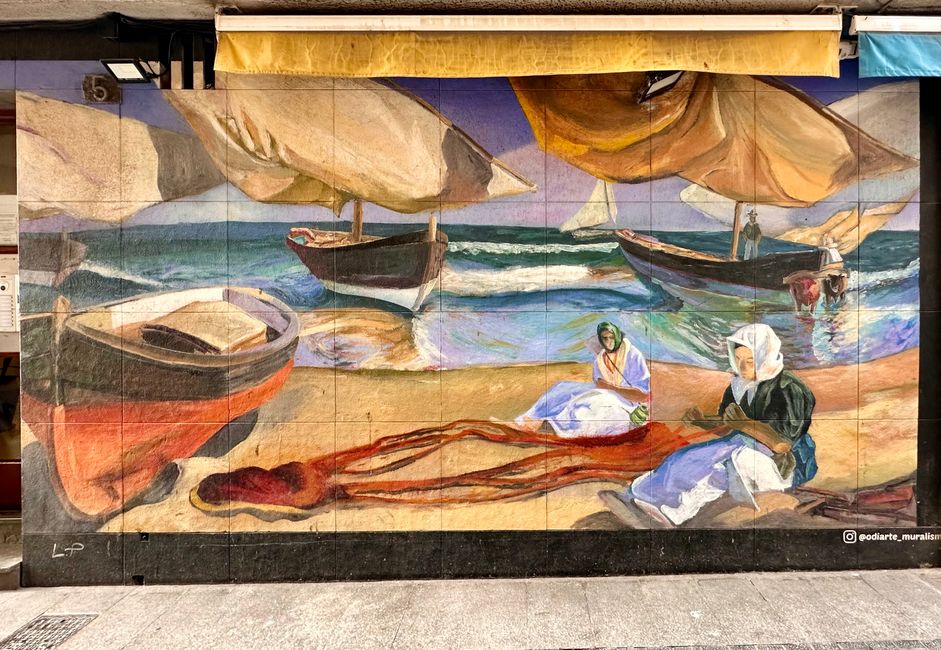
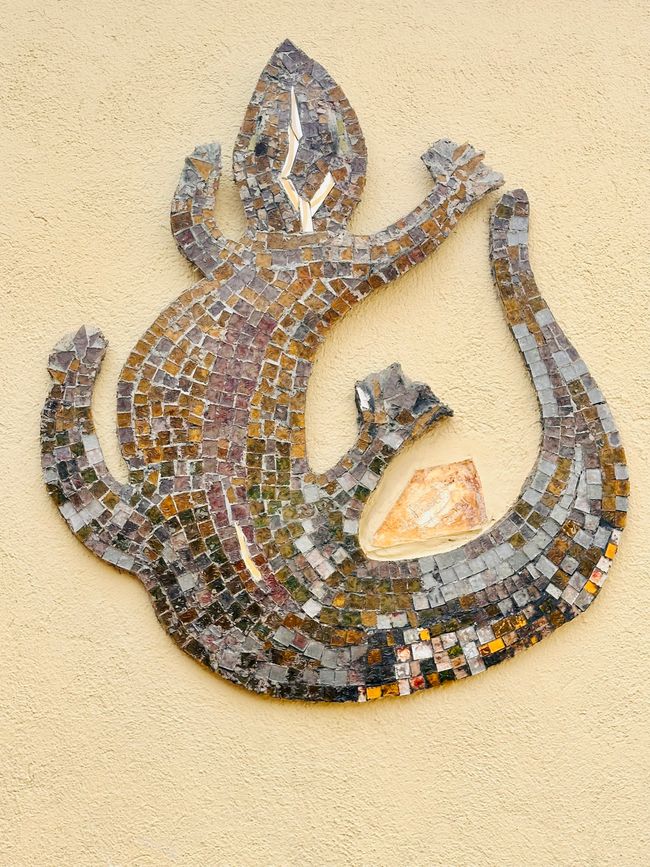
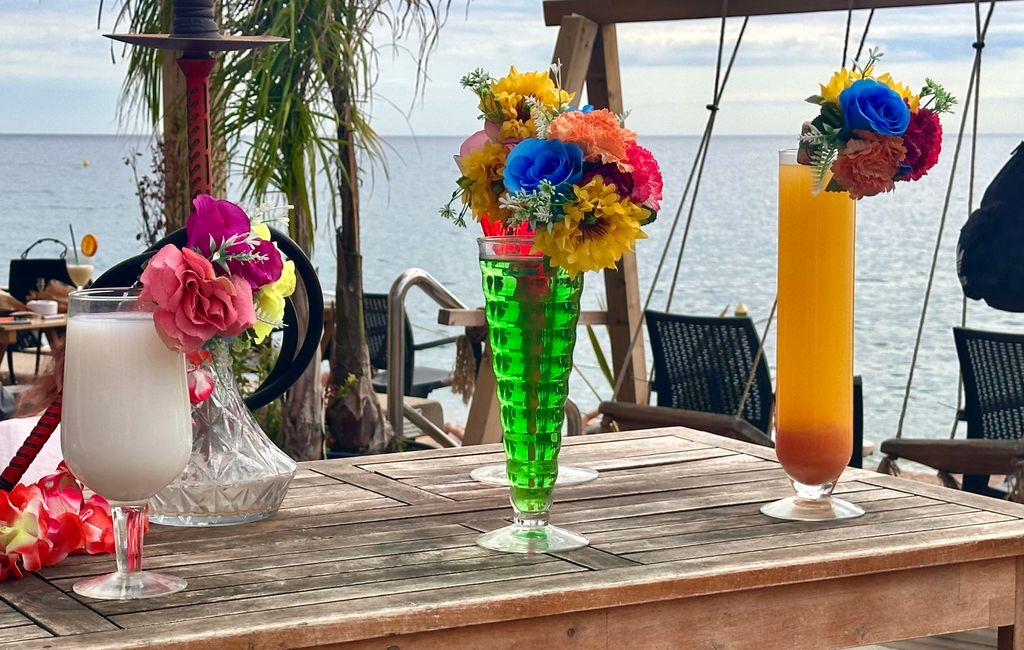
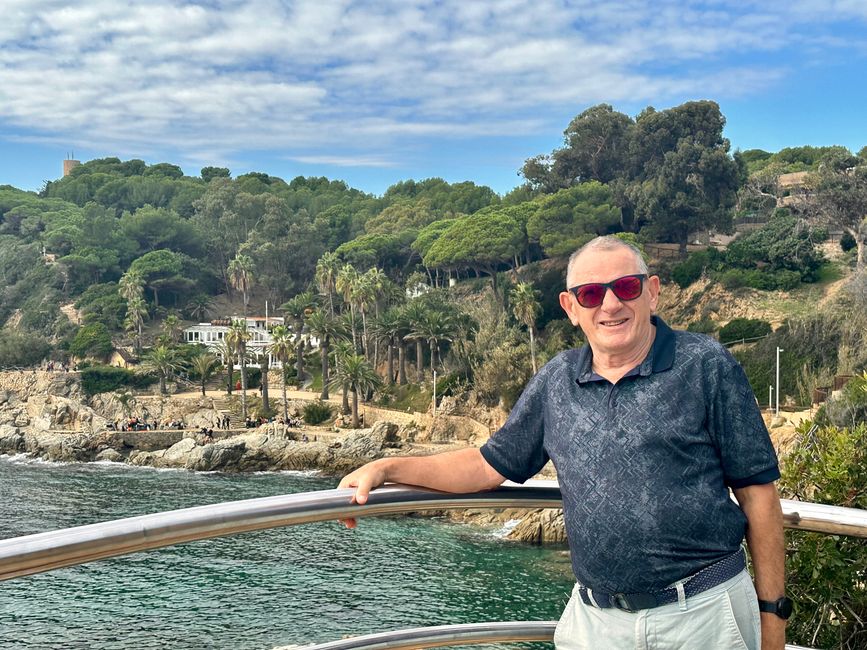

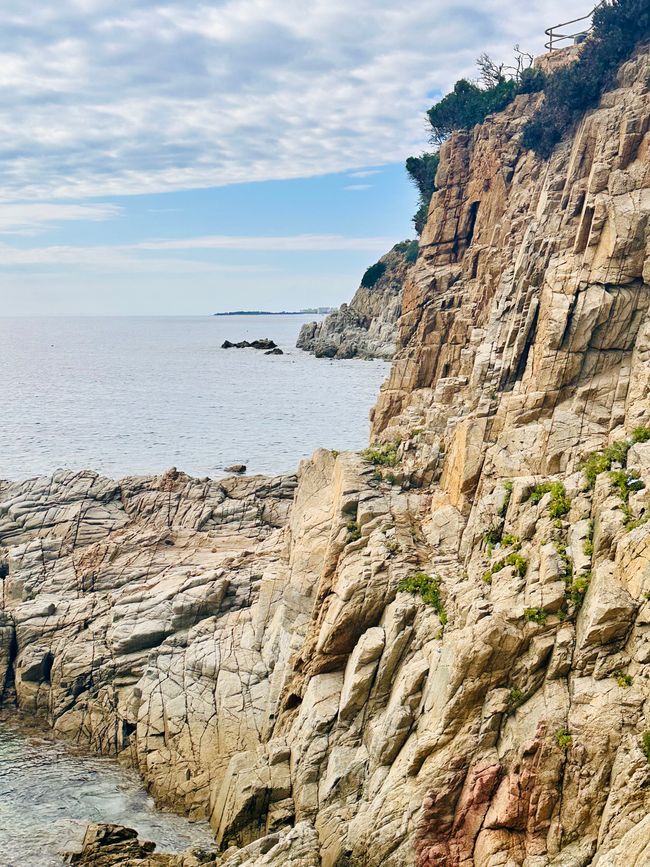
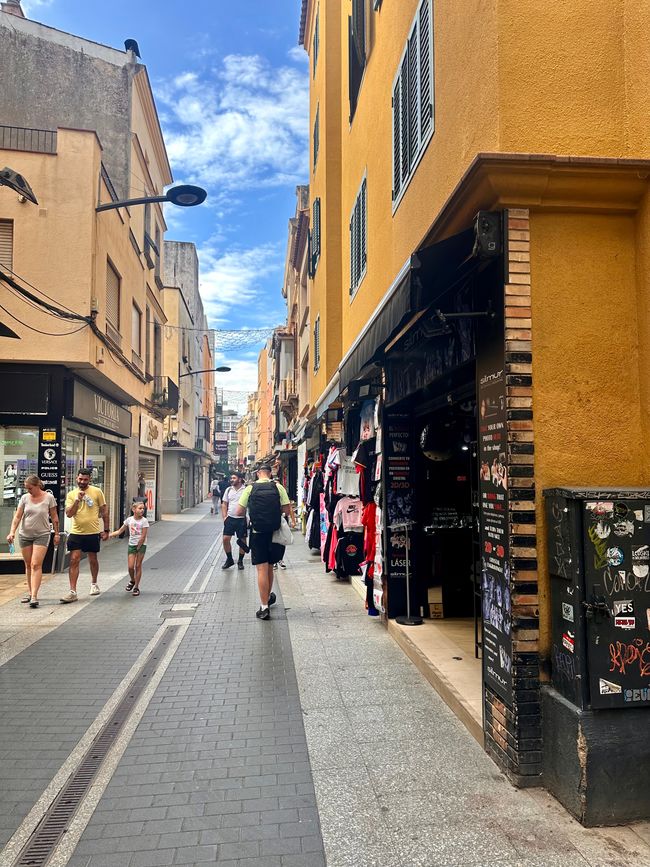

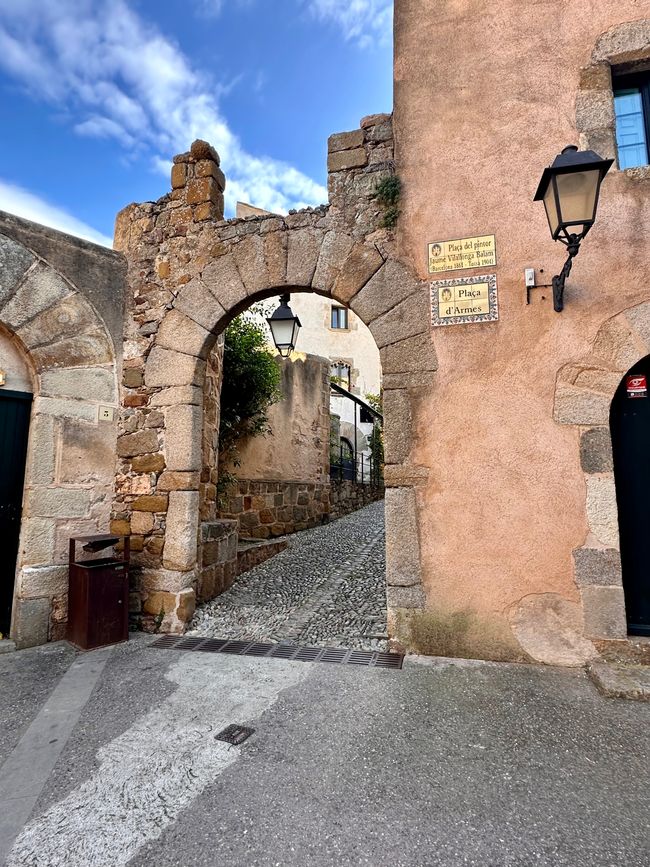
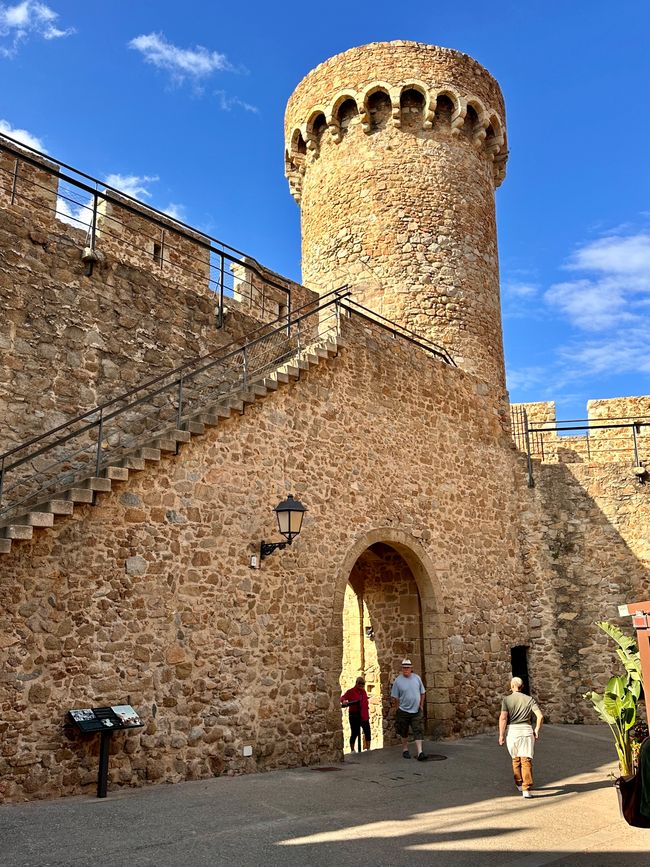
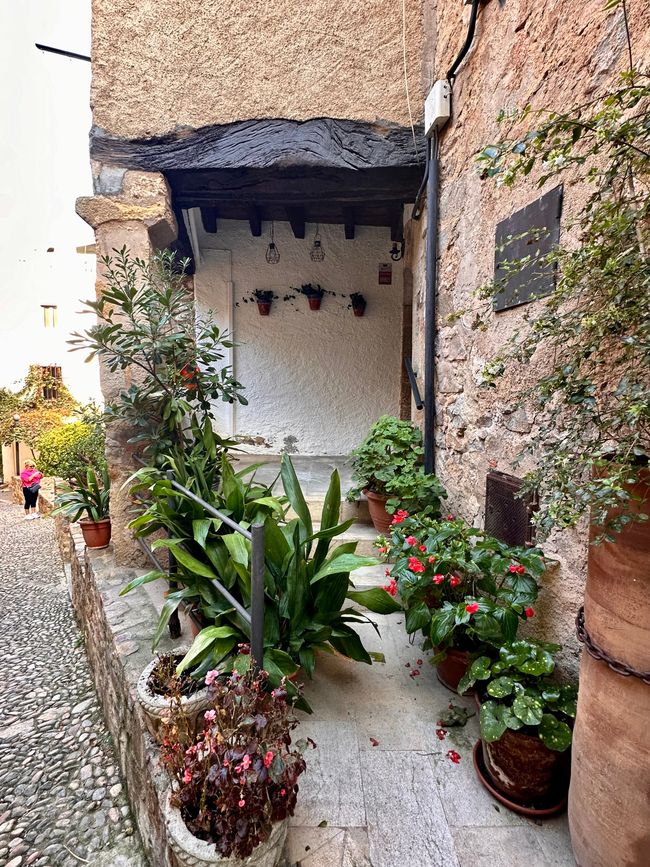
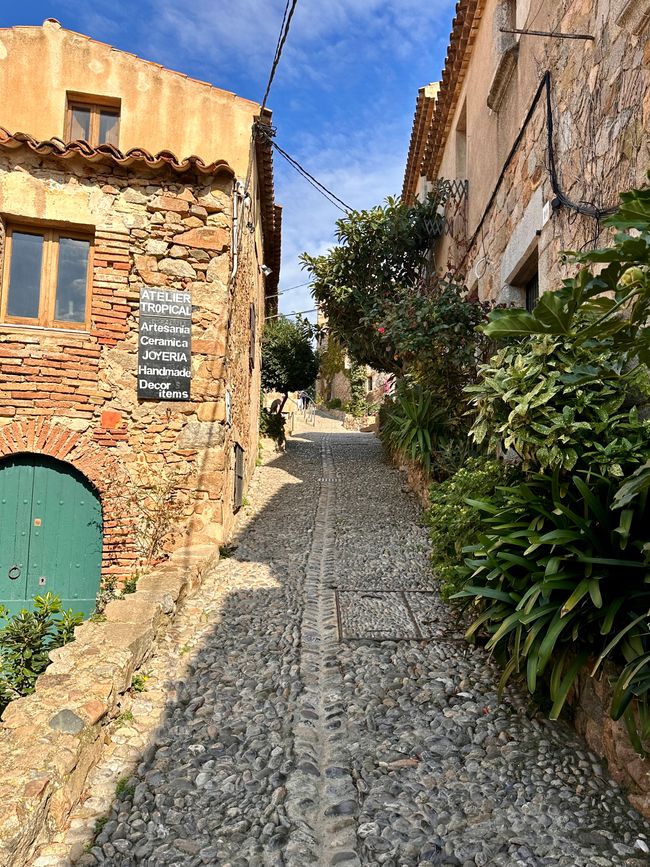
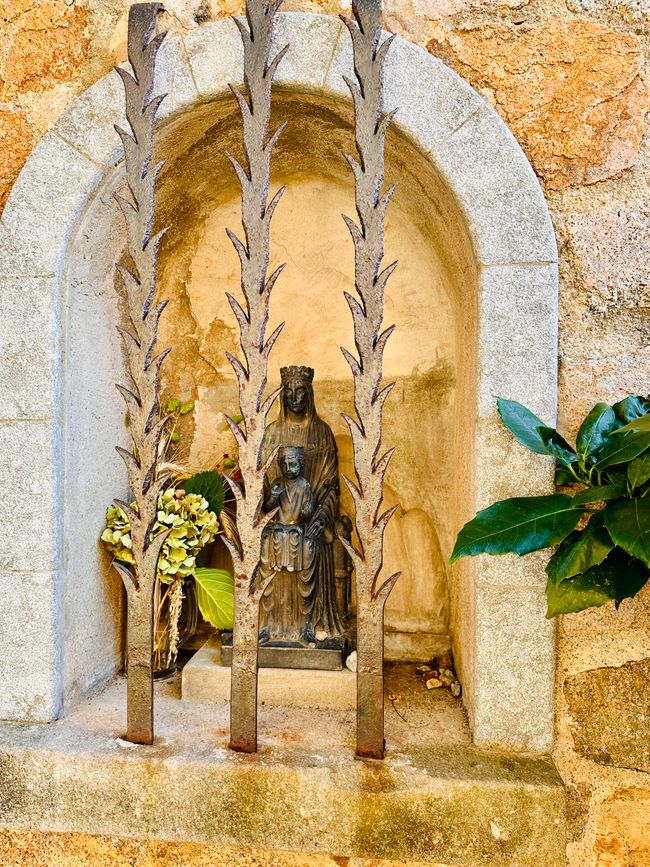

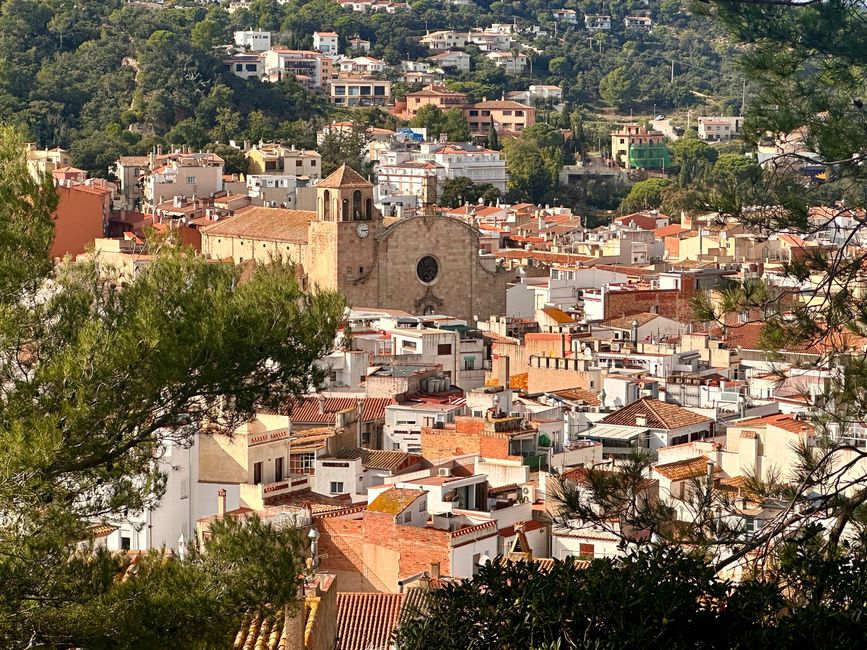

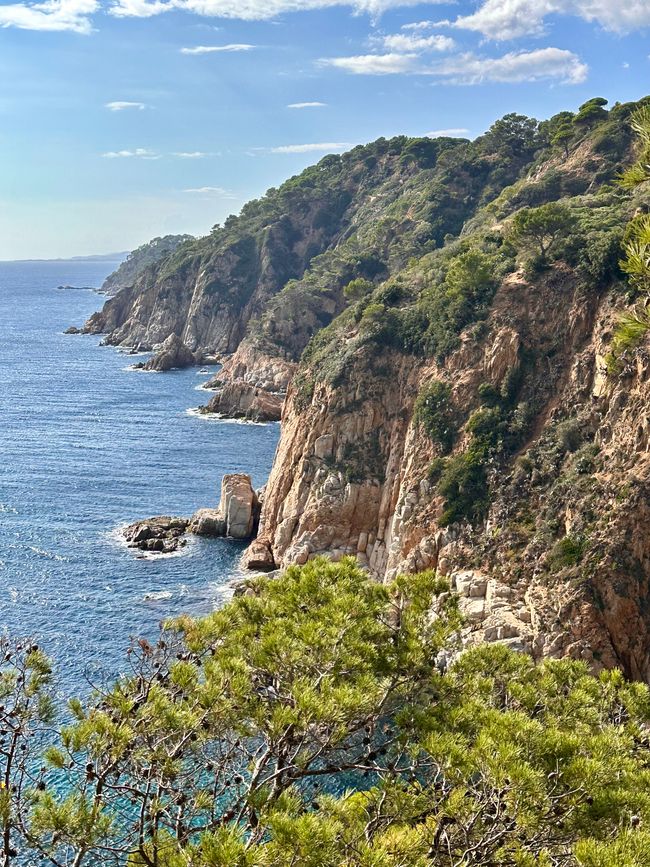
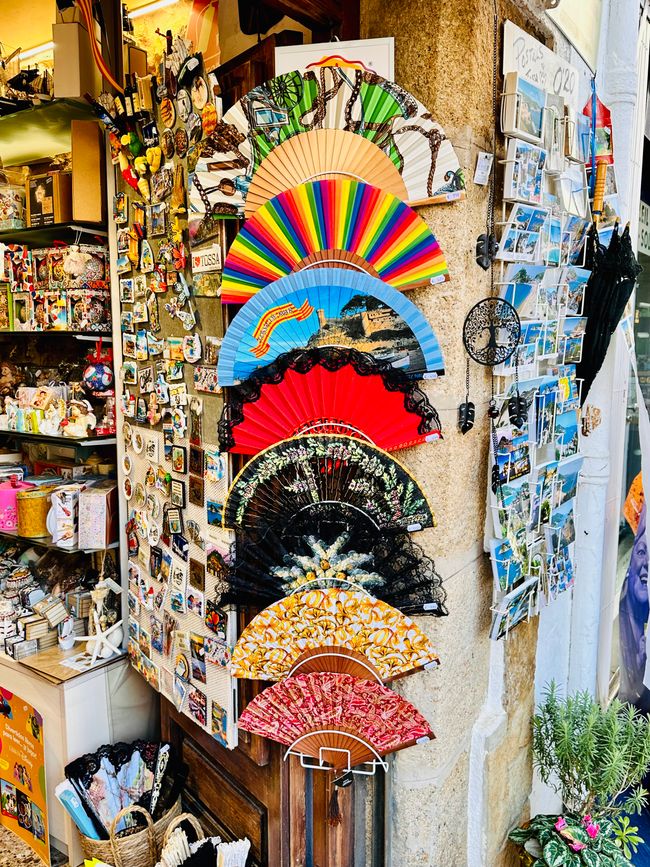

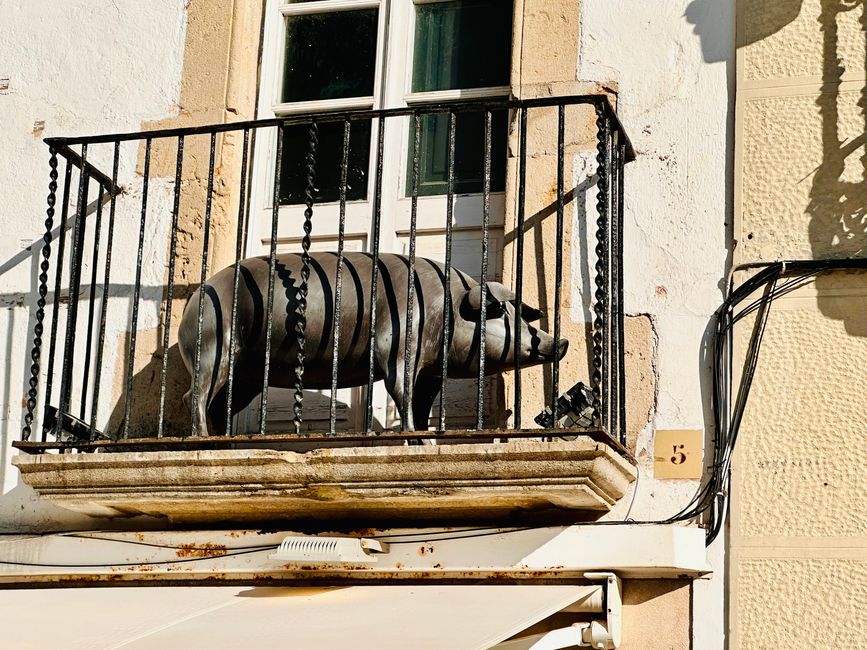
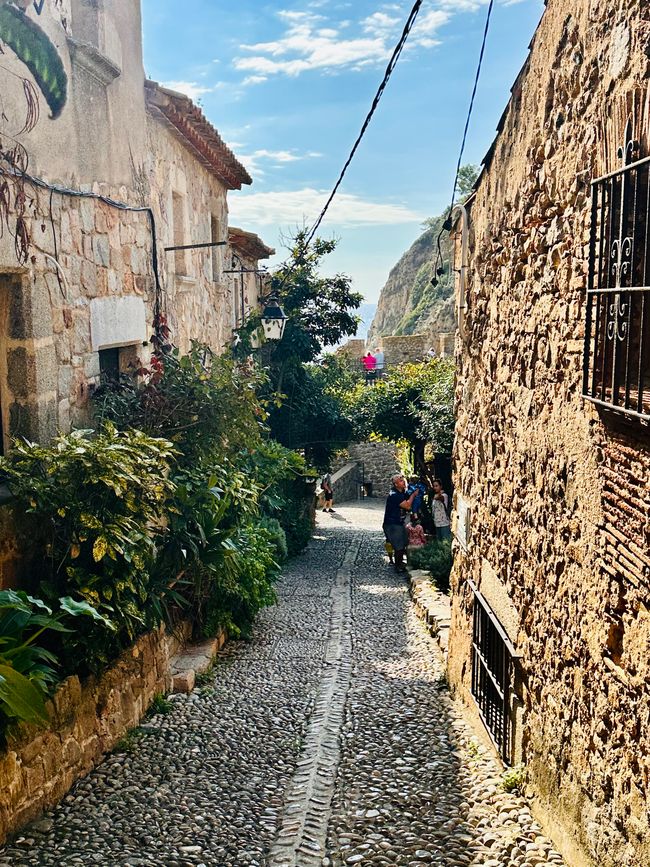
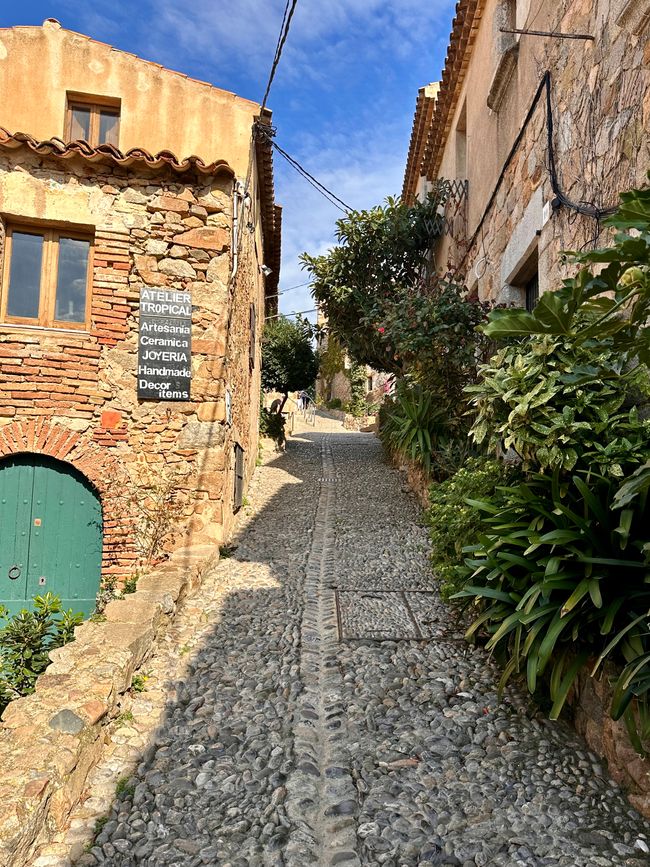
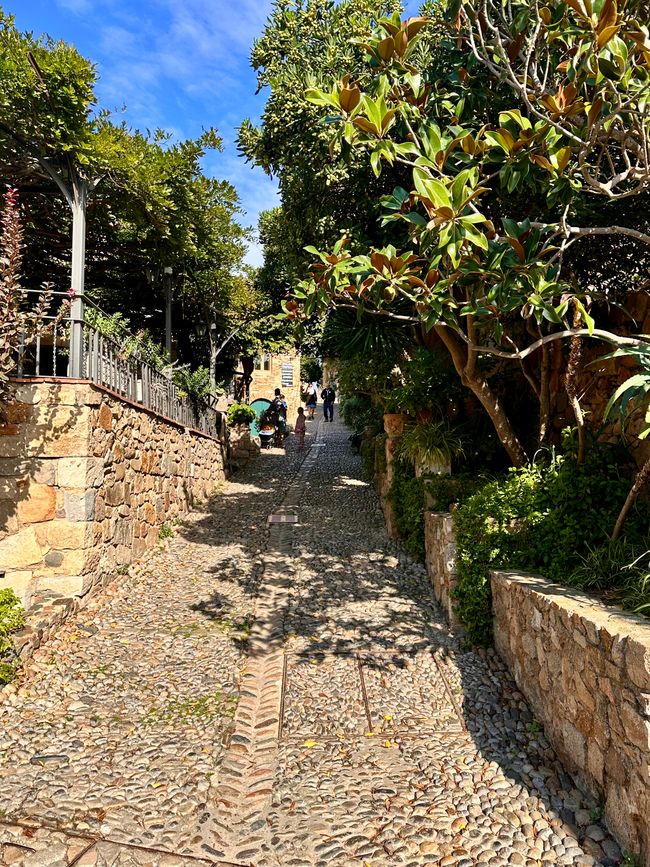
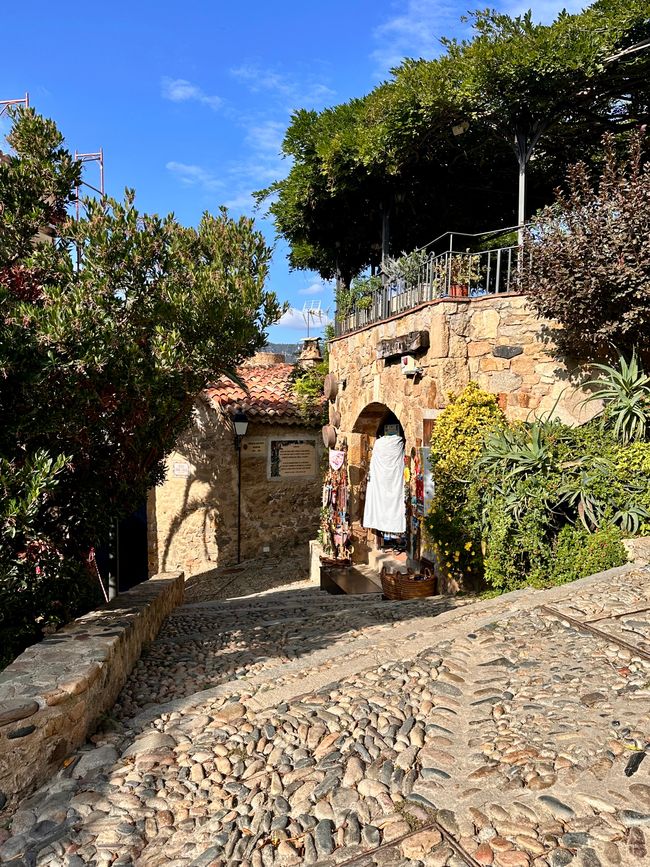
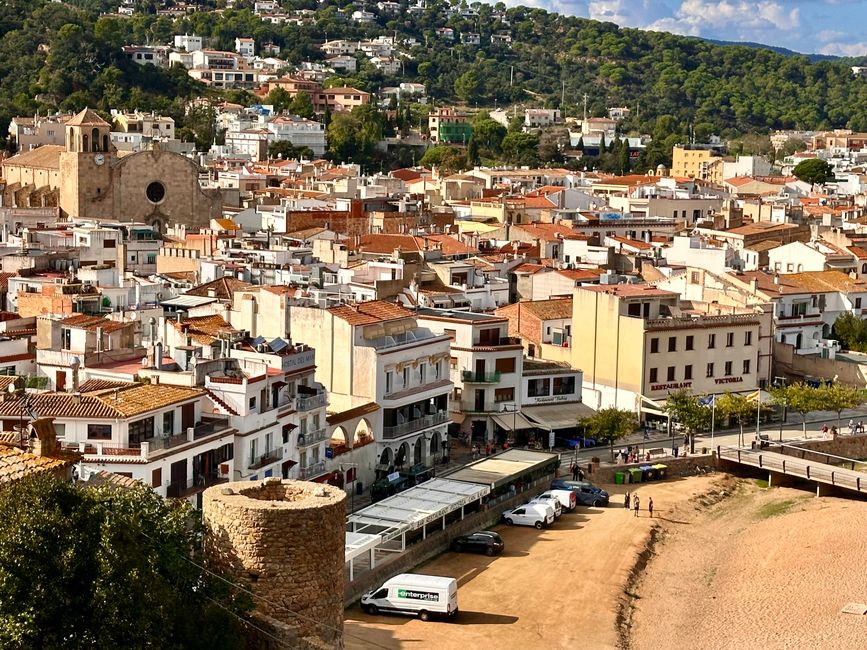
Axborot byulleteniga obuna bo'ling
Our destination today is located in the southernmost section of the Costa Brava, the town of Lloret de Mar. This traditional fishing village is now one of the largest tourism centers on the coast of the province of Girona. Lloret de Mar is primarily known for its nightlife, drinking, and graduation parties, but it also has another side to offer.
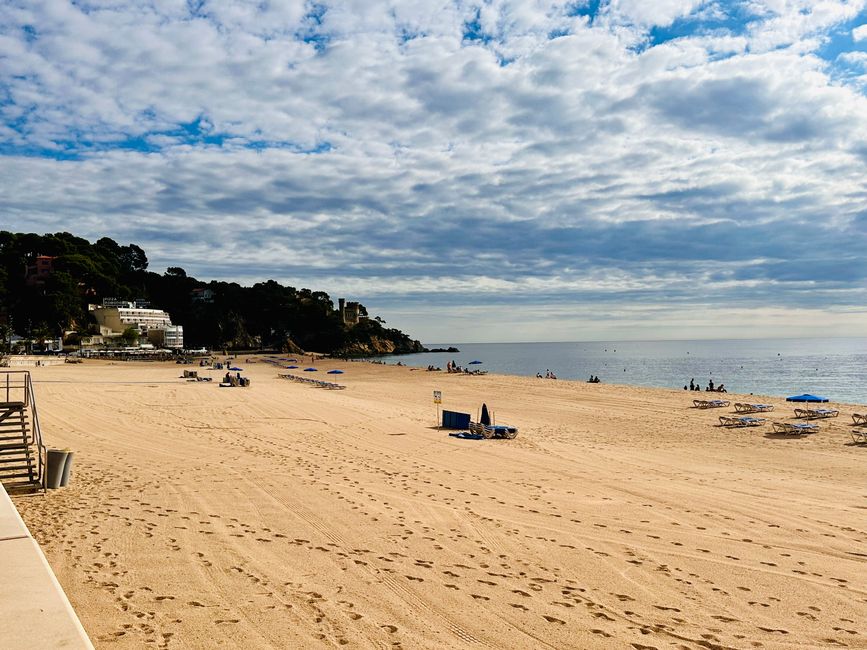
Here you can find beaches and coves with clear water, as well as an interesting historical town center. But to be honest, I don't really like it, and I wouldn't necessarily spend my vacation there.
Nevertheless, we walked along the promenade and visited some historical sights.
The church of Sant Romà (Iglesia de Sant Romà) is one of the most distinctive buildings in Lloret de Mar and reflects the fascinating mix of various architectural styles that have been added over the centuries. It is located in the heart of the city.
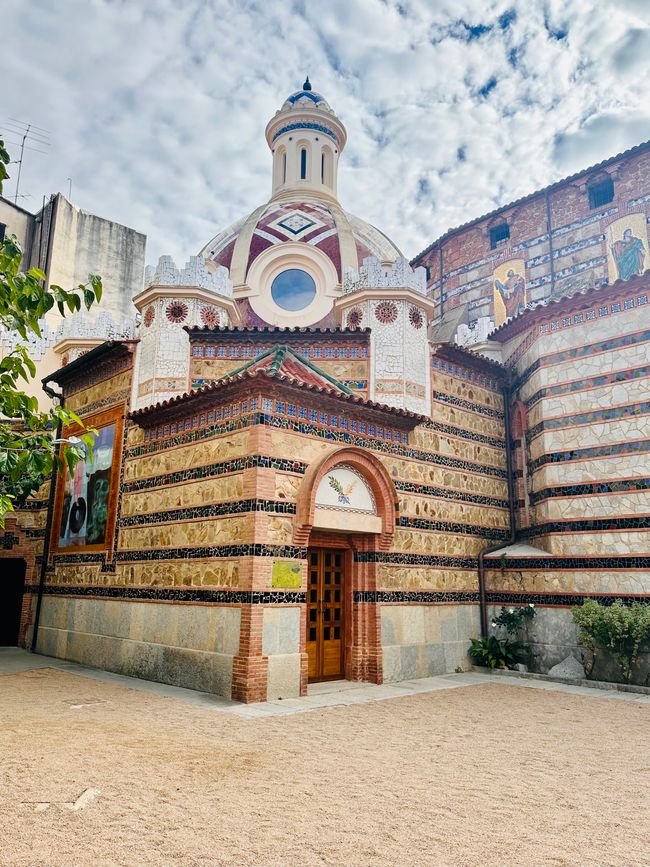
The church was built in the 16th century, between 1509 and 1522, originally in the Gothic style. It served as a refuge for the townspeople in times of pirate attacks, as it was partially designed as a fortress. This is still evident today in some of its fortress-like elements.
In the late 19th and early 20th centuries, the church was renovated and expanded, incorporating elements of Modernism, a very popular style in Catalonia. These renovations were carried out under the guidance of the architect Bonaventura Conill i Montobbio, who was influenced by the Catalan Modernisme movement. This explains the colorful, decorative facade, which is now one of the most prominent features of the church.
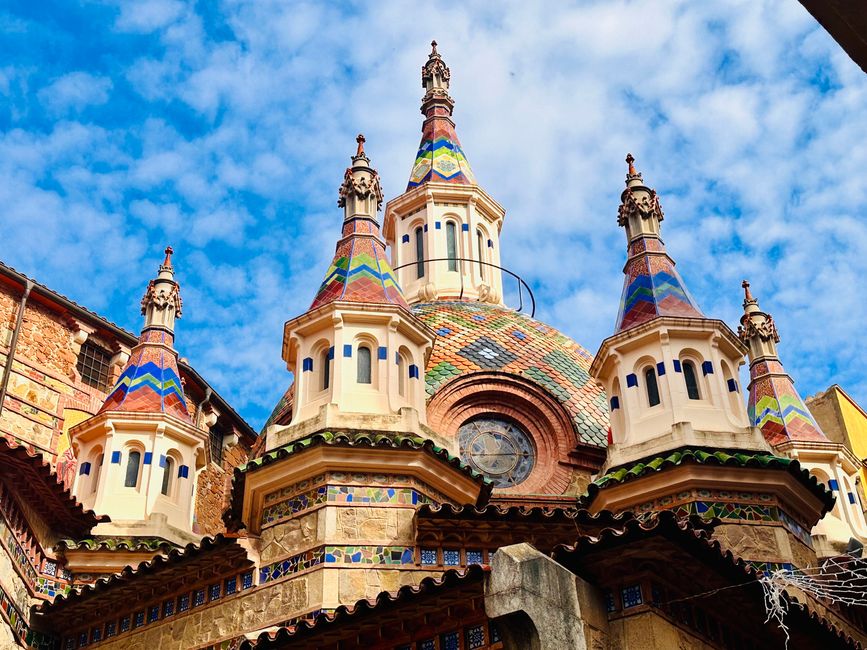
The modern facade looks almost like something out of a fairy tale, with intricate decorations, bright colors, and complex mosaics. These details were influenced by the modernist movement, known for its innovative and playful style.
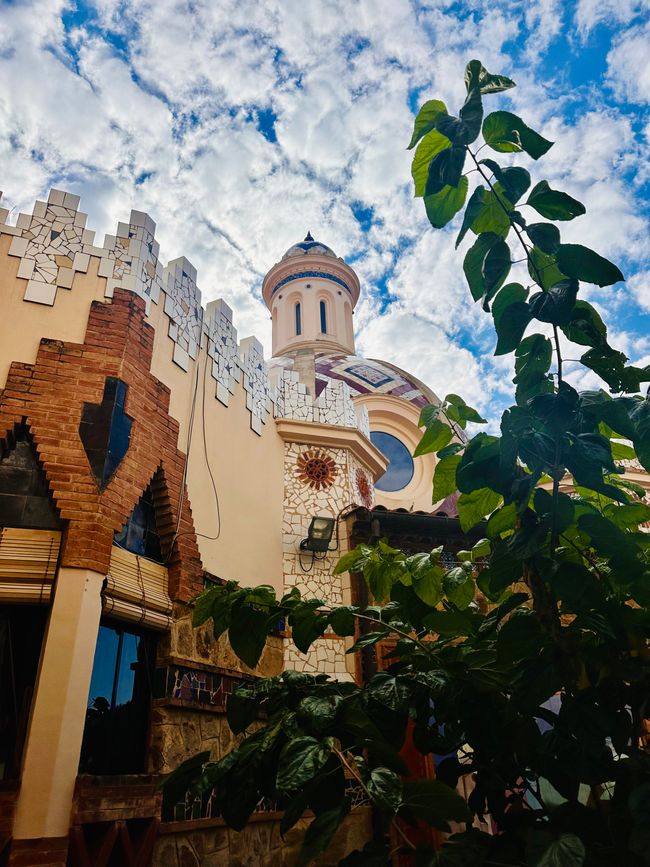
The church of Sant Romà is not only a religious place but also a cultural landmark of Lloret de Mar.
The Casa de la Vila (Town Hall of Lloret de Mar) is also a significant historical building and a landmark in the city center. The Casa de la Vila was built in 1872 according to the plans of architect Félix de Azúa. The construction of the town hall marked a phase of economic and urban growth in Lloret de Mar, favored by booming trade and the influx of wealth from overseas. The Casa de la Vila plays a central role in the administrative life of Lloret de Mar. It houses the town council, and many important decisions for the city are made in this building.

The Passeig Jacint Verdaguer is one of the most well-known and picturesque promenades in Lloret de Mar. It runs directly along the coast and connects the town center with the beach of Lloret.

The promenade is named after the famous Catalan poet Jacint Verdaguer (1845–1902), who is considered one of the central figures of the Catalan Renaixença, a cultural and literary movement aimed at reviving the Catalan language and culture.
The promenade was originally laid out in the late 19th century when Lloret de Mar transitioned from a small fishing village to a thriving town. The Passeig Jacint Verdaguer has long served as a representative avenue for wealthy families, lined with historic buildings.
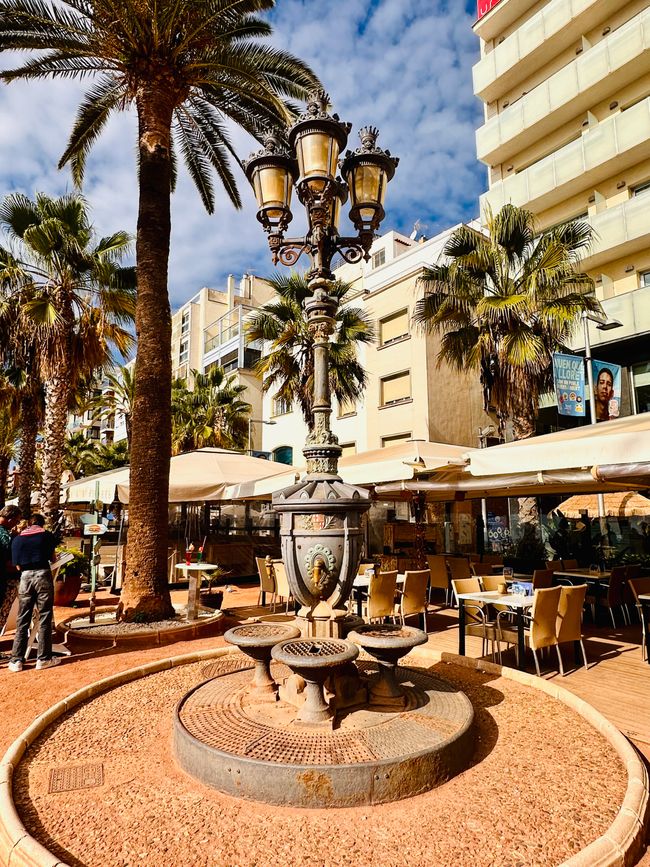
The promenade itself is surrounded by tall palm trees and offers a beautiful view of the beach and the sea. Numerous benches and cafés along the way invite you to linger.
The Monument a la Dona Marinera (Monument to the Seafaring Woman) is one of the most well-known landmarks of Lloret de Mar and a symbol of the city. It was created in 1966 and is located at the end of the main beach, Platja de Lloret, on a rock, offering a “beautiful” view of the bay of Lloret de Mar and the Mediterranean Sea.
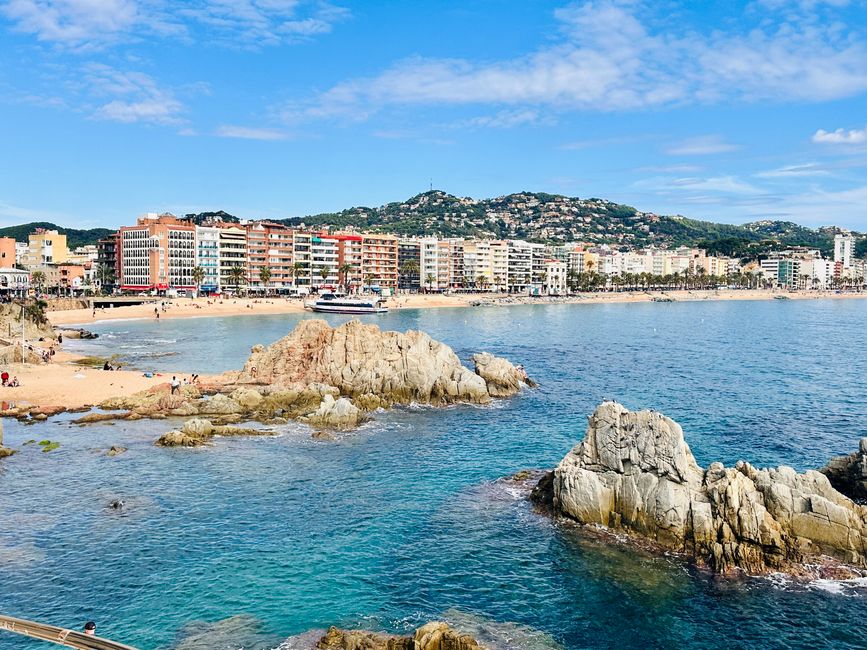
The statue depicts a woman looking out to sea and symbolizes the women of Lloret de Mar, who often had to bid farewell to their husbands, who worked as fishermen or sailors, for long periods in the past. She represents the strength, courage, and patience of these women who stayed at home and supported their families during their husbands' absences.

There is also a local legend that says that anyone who touches the foot of the statue while looking out to sea can make a wish.
We have seen enough of Lloret and, after a short break, drive about 12 kilometers further to Tossa de Mar.
Tossa de Mar is a beautiful, historic town. Compared to other holiday resorts, it is relatively quiet.
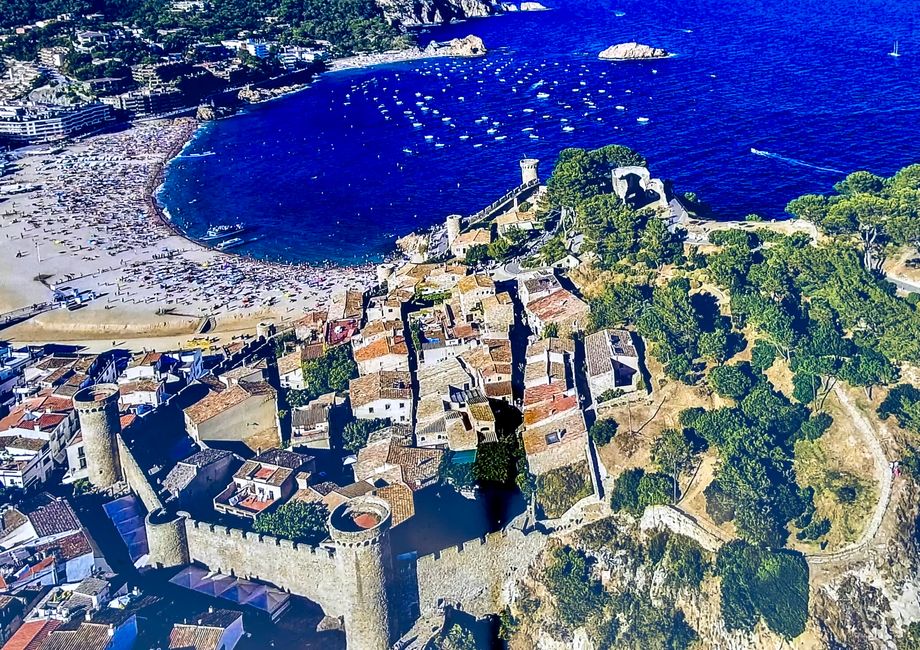
The Vila Vella (Old Town), the heart of Tossa de Mar, is the last preserved medieval fortified town on the Catalan coast. It was built in the 12th century and is surrounded by massive stone walls and seven towers. The most famous tower is the Torre d’en Joanàs, from which one has a fantastic view of the sea.

Narrow, winding streets and stone houses make the Old Town a unique place that has remained almost unchanged.
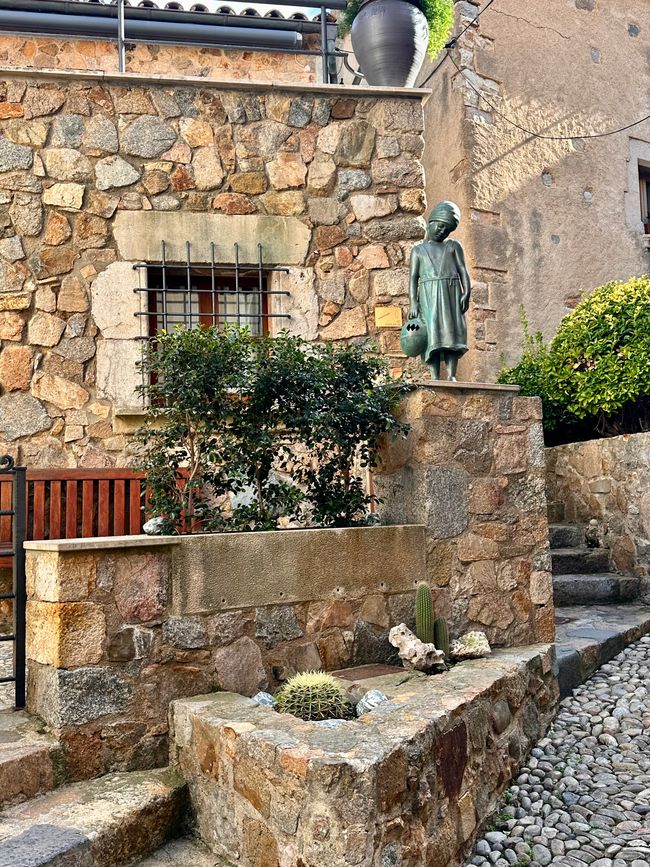
Castell de Tossa de Mar (the Castle), built in the 12th century, is an impressive landmark of the city. It sits atop a hill overlooking the sea and offers a magnificent panoramic view of the coast and the town. Within the castle walls, the historic district of Vila Vella is located. The ascent to the castle takes you through picturesque streets. We certainly didn’t miss a single photo opportunity.

Here you will also find a bronze statue dedicated to AVA Gardner. The famous Frank Sinatra, who was her lover at the time, flew across the Atlantic out of jealousy to meet her in Tossa. In 1950, the Hollywood industry arrived in Tossa to shoot the film 'Pandora' directed by Albert Lewin, featuring Ava Gardner, James Mason, and the bullfighter Mario Cabré.
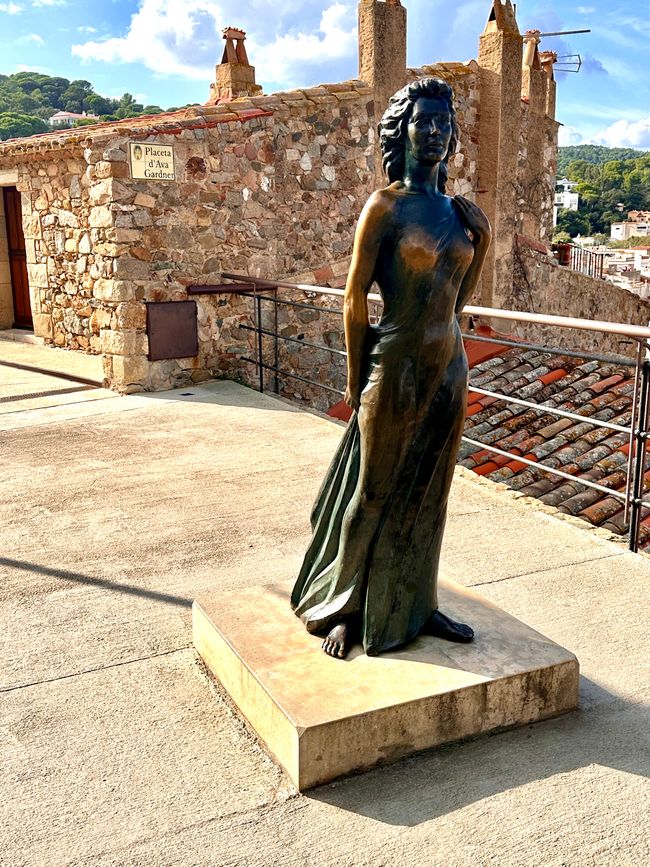
The filming and the presence of the great stars made the village very famous. Furthermore, the year 1951, the date when the film was released, marked the beginning of the tourism boom in Tossa and much of the Costa Brava. The inhabitants honored the actress with a bronze statue by the artist Ció Abellí from Gerona, which was inaugurated in 1998.
At the highest point of Vila Vella is the lighthouse, Far de Tossa, which today houses a small museum about the history and function of lighthouses on the Costa Brava.
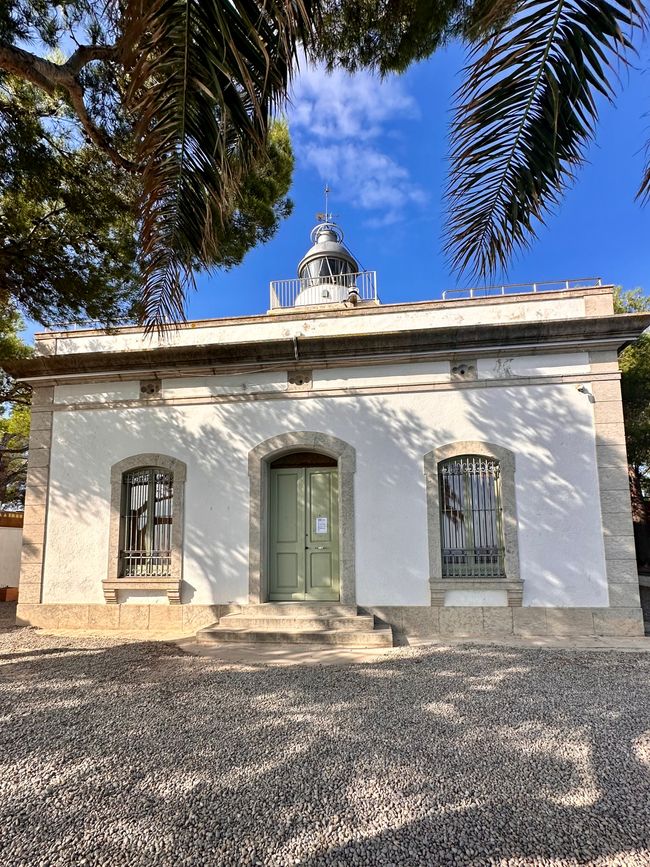
In the Middle Ages, Tossa de Mar was an important refuge against pirate attacks due to its fortress.
Today, the town is also known for its connection to the art scene. In the 1930s, it attracted artists from around the world, including Marc Chagall.
Sightseeing always takes a lot of time. We wanted to drive back along the coastal road. Due to the late hour, we postponed this to one of the next days.
Axborot byulleteniga obuna bo'ling
Javob

Sayohat hisobotlari Ispaniya
